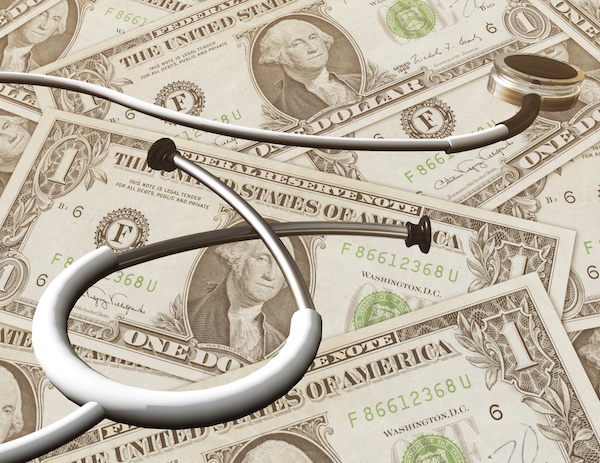
WEDNESDAY, Sept. 25 (HealthDay News) — Americans who buy health insurance through the new state marketplaces that open on Oct. 1 may see lower premiums than initially projected, federal health officials said Tuesday.
“Across the board, six in 10 uninsured Americans will be able to find coverage for less than $100 per month,” Kathleen Sebelius, secretary of the U.S. Department of Health and Human Services (HHS), said during a news conference.
Also speaking at Tuesday’s press briefing, Gary Cohen, deputy administrator and director of the Center for Consumer Information and Insurance Oversight at the U.S. Centers for Medicare and Medicaid Services, said that “overall, about 95 percent of uninsured consumers live in states with average premiums lower than earlier projections.”
Health officials’ upbeat forecast is based on a new analysis of health plan choices and premiums in 36 states where the federal government is running the new marketplaces or partnering with states to get those exchanges off the ground. The analysis also reflects publicly available data in 11 states and the District of Columbia, where states are running health insurance exchanges on their own.
“Now there will be more choice and more competition thanks to the marketplace, and most consumers will find they will be able to choose from multiple companies when choosing which plan works best within their budget,” Sebelius said.
The state marketplaces, also known as exchanges, will serve as a cornerstone of the 2010 health-reform law known as the Affordable Care Act.
HHS’s report does not include all health plans and rates that consumers will encounter. It focuses on plans with the lowest premiums in each state because “consumers are expected to shop for low-cost plans,” the report stated.
But by focusing on the low-rate plans, the report “doesn’t give a complete story as to what the customer’s going to be seeing,” said David Axene, a fellow of the Society of Actuaries, the North American organization for professionals who analyze financial risk.
Overall, the news on health plan premiums is a mixed blessing for consumers, health experts pointed out.
“They definitely have good choice in most states, and they definitely have good prices,” said Cristine Vogel, associate director in the Chicago health care office of Navigant Consulting Inc., a global consulting firm.
People who buy health insurance through the state exchanges will have a choice of plans across four tiers of coverage: bronze, silver, gold and platinum. Bronze plans are the least generous and, while they feature lower upfront costs, they will require consumers to spend more on deductibles and co-payments or co-insurance.
Premium tax credits available to people with low and modest incomes will help lower costs.
Federal tax subsidies will be based on the cost of the second-lowest silver plan available to a consumer.
Nationally, the average premium for the second-lowest-cost silver plan will be $328 before tax credits, the report found. HHS said that was 16 percent below projections based on Congressional Budget Office estimates.
The HHS report said 56 percent of uninsured Americans may pay out less than $100 per person per month after tax credits.
An average 27-year-old in Texas making $25,000 a year, after tax credits, could spend $145 per month for the second-lowest-cost silver plan and $83 for the lowest-cost bronze plan.
Vogel worries that “everybody will gravitate” toward the low-priced bronze plans without considering the higher out-of-pocket costs they’ll incur when they go to the doctor.
“This is a complex kind of mathematical decision of spending more money now to save it next month,” she said.
What’s more, in states that are running their own exchanges, there will be a massive push to educate and assist consumers, Vogel said. But in states where the federal government is running the health insurance exchange, often due to state leaders’ opposition to the Affordable Care Act, “there won’t be too many boots on the ground” to help people sort through their options, she said.
In the 36 states that were part of the HHS analysis, consumers will have an average of 53 health plan choices in their area, according to the report.
An average of eight different health insurers are participating in each of those 36 marketplaces, the report said.
What the report fails to point out, Axene said, is the very high spread between the lowest-cost and highest-cost plans. “Those eight choices aren’t all going to be at that low price,” he said.
And just because a plan is low cost doesn’t mean it’s one that someone is going to want, he said. “From a consumer’s perspective, they’re going to have to evaluate things like, Is my doctor in the network? Have I heard of that plan before?'” he added.
Axene expects the wide spread between low- and high-cost plans to narrow in the years ahead as plans settle on a more common price.
More information
To learn how to get lower costs on health insurance coverage, visit HealthCare.gov.
Copyright © 2025 HealthDay. All rights reserved.

